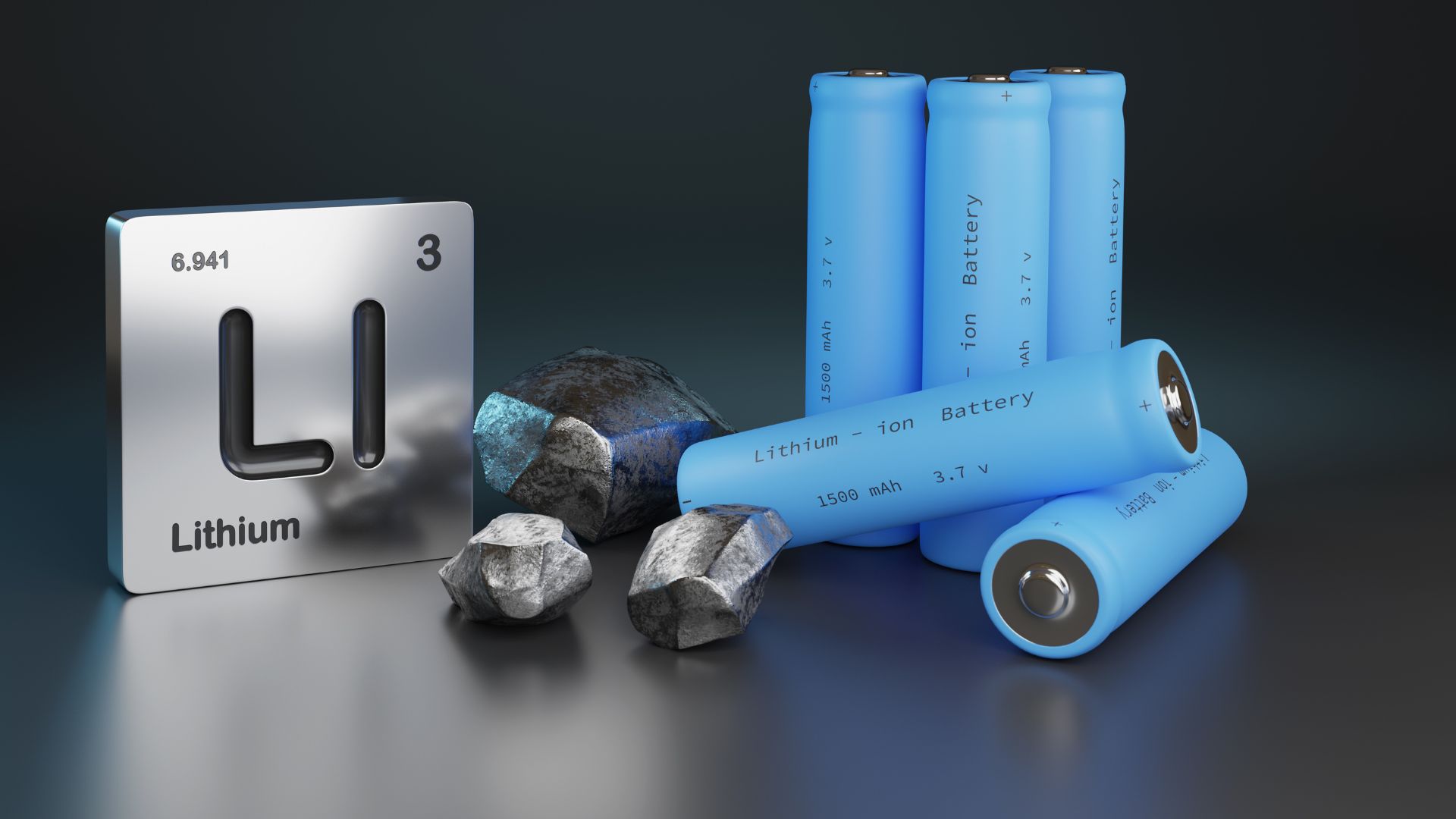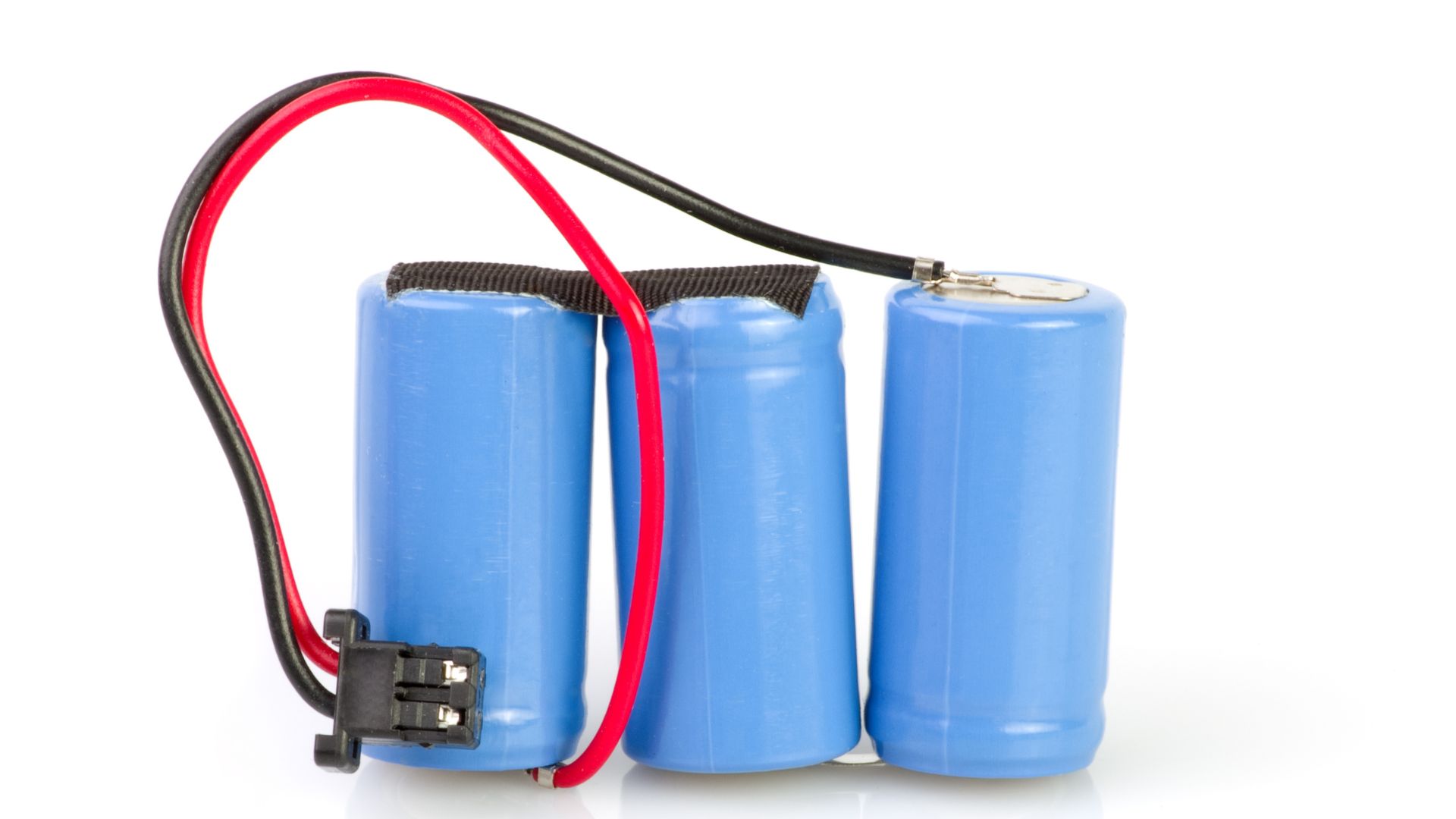 Lithium-ion batteries are used in a wide range of applications, from computers and cellphones to electric cars and drones. The manufacturing process for these batteries is fairly complex, but the general principles remain the same across all variations. There are several different ways in which manufacturers produce lithium-ion batteries, with each process having its own pros and cons.
Lithium-ion batteries are used in a wide range of applications, from computers and cellphones to electric cars and drones. The manufacturing process for these batteries is fairly complex, but the general principles remain the same across all variations. There are several different ways in which manufacturers produce lithium-ion batteries, with each process having its own pros and cons.
In this article, we will explain the lithium-ion battery manufacturing process in detail.
First, we’ll look at the main advantages of lithium-ion batteries over other battery types. Then we’ll explore the various ways in which manufacturers create them. Finally, we’ll take a detailed look at each step of the manufacturing process for lithium-ion batteries.
Why use Lithium Ion Batteries?
Lithium-ion batteries are popular for several reasons. First and foremost, lithium is a very lightweight metal, making it ideal for use in batteries. Lithium-ion batteries are highly energy-dense, meaning that they can store a large amount of energy in a small space.
This property is especially useful in applications where space is a major concern, such as with aircraft. Lithium-ion batteries also have a very high discharge rate, which is advantageous in applications where speed is essential. They also have a very low self-discharge rate compared to other battery types. This means that lithium-ion batteries can be used in situations where the battery must remain in the device at all times.
Finally, lithium-ion batteries have an excellent lifespan, especially when compared to other rechargeable battery types.
Different Types of Lithium Ion Batteries

There are many different types of lithium-ion batteries, each with its own characteristics. The manufacturing process is slightly different for each variation.
Here are the different types of lithium-ion batteries and what distinguishes each type from the others. –
- Lithium Cobalt Oxide Batteries – These are the most common type of lithium-ion battery. They are used in all kinds of devices, from cellphones to computers and electric cars.
- Lithium Manganese Oxide Batteries – These are cheaper and less powerful than lithium cobalt oxide batteries. They are used in situations where high discharge rates are not required.
- Lithium Iron-
- Phosphate Batteries – These batteries have the highest energy density of all lithium-ion batteries. As such, they are used in electric cars and other high-power devices.
- Lithium Nickel Manganese-
- Cobalt Batteries – These batteries have a longer lifespan than lithium cobalt oxide batteries. They are used in electric cars, drones, and other devices where a longer lifespan is desirable.
Manufacturing Process of Lithium Ion Batteries: Step by Step

The manufacturing process for lithium-ion batteries can vary depending on the type of battery being produced. However, there are some steps that are common to all variations. Here’s a look at the manufacturing process for lithium-ion batteries. First, the raw materials for lithium-ion batteries are mined.
The main components are graphite and lithium, but other elements are sometimes mined as well. After mining, the materials are processed to extract the lithium ions. The electrodes are then created from carbon (graphite) and lithium metal. The electrodes and electrolytes are then combined to create the cathode and electrolyte. The anode is created from lithium-metal again.
A separator is inserted between the anode and electrolyte, and the entire cell is sealed. The finished battery is then tested and packaged.
Step 1: Lithium Extraction
The first step of the manufacturing process for lithium-ion batteries is extracting the lithium. This is done in a couple of different ways, depending on the type of lithium-ion battery.
The two methods for extracting lithium are solvent extraction and carbonate conversion.
- Solvent Extraction – This method uses an aqueous solution to extract lithium from its ore. The ore is treated with hydrochloric acid and dissolved in an organic solvent. Next, an ion exchange method is applied to ionize the lithium in the solvent.
- Carbonate Conversion – This method uses a mixture of sodium carbonate and carbon dioxide to dissolve lithium in the water. The solution is then separated and filtered to remove impurities and obtain lithium carbonate.
Step 2: Anodization and Coating
Next, manufacturers create the anode and cathode. The electrodes are created from a mixture of graphite and lithium metal. The electrodes are then anodized and coated.
- Anodization – The electrodes are treated with a chemical solution that oxidizes the surface of the electrodes. The anode is then immersed in an electrolytic solution to form a porous layer on the surface of the electrodes. The cathode is treated with a different chemical solution to produce a non-porous layer.
- Coating – The electrodes are then coated with a solid polymer electrolyte. The cathode is coated with a lithium-containing electrolyte, while the anode is coated either with a polymer electrolyte or graphite.
Step 3: Battery Formation and Assembly
After the electrodes are formed, the electrodes and electrolytes are combined to create the cathode and electrolyte. Next, the anode is inserted into the cathode, and the entire cell is then sealed.
- Cathode and Electrolyte Combination–
The cathode and electrolyte are placed in a vacuum chamber, and pressure is applied to force the two materials together. A compound is added to the electrodes to give them rigidity while retaining flexibility.
- Anode Insertion –
The anode is placed in a graphite die, and pressure is applied to force it into the cathode. The entire cell is then placed in a vacuum chamber and heated to 180 degrees Celsius. The pressure of the vacuum chamber forces the two electrodes together.
Cell Sealing –
The chamber is then again subjected to a vacuum as the cell cools down to room temperature, causing the electrodes and electrolytes to be in an extremely tight fit.
Step 4: Storage and Testing
After the battery is manufactured, it is put through a series of tests to ensure that it meets quality standards. The cells are charged and discharged to check their discharge rate. Further tests are carried out to ensure that the cell voltage and energy are correct. The batteries are then stored before being packaged and shipped to customers.
In order to maintain their lifespan, lithium-ion batteries must be stored properly. The batteries should be kept at a cool and dry temperature between -20 degrees Celsius and 25 degrees Celsius. They should also be stored at a low humidity level of less than 50%.
Finally, lithium-ion batteries should be kept away from sources of high heat, sparks, or flames.
Summing up
This article has explored the manufacturing process for lithium-ion batteries in detail.
Lithium-ion batteries are very useful for a variety of applications, ranging from cell phones to electric cars. Their popularity is due to the fact that lithium-ion batteries are highly energy-dense and have a very high discharge rate. They also have a very low self-discharge rate and an excellent lifespan.
The manufacturing process can vary slightly depending on the type of battery being produced. Still, there are a few steps that are common to all types of lithium-ion batteries. First, the raw materials for lithium-ion batteries are mined. Next, they are processed to extract the lithium ions.